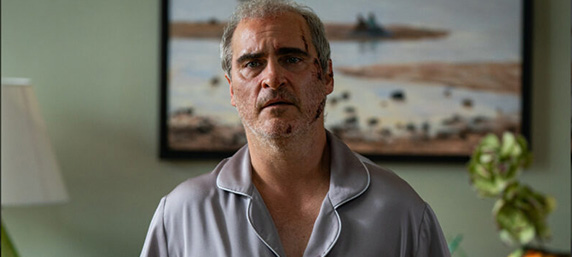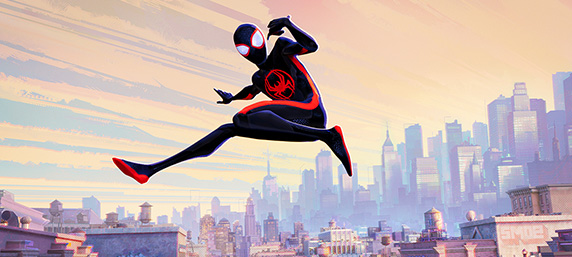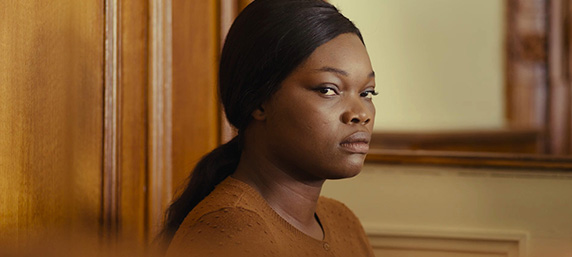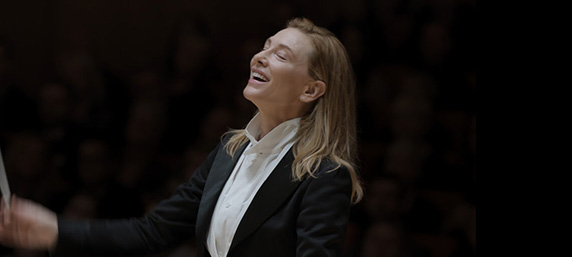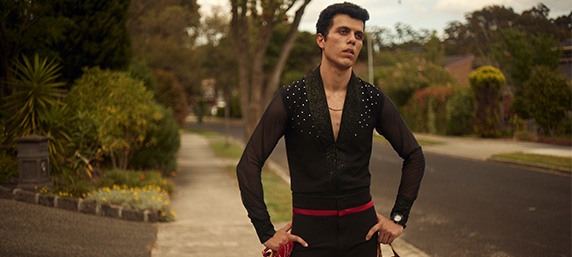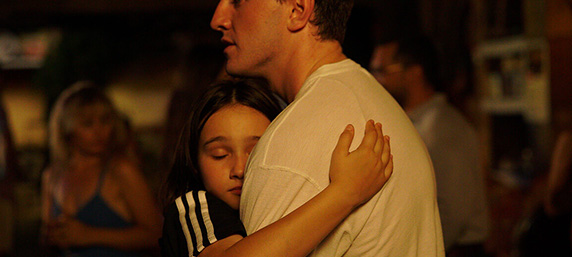“Nobody knows anything”, said William Goldman in his evisceration about Hollywood. His point is that no studio can predict the next big thing, so trying to engineer a success via committee is bound to fail spectacularly. Forty years later, did the industry learn anything? Of course not. They doubled down on business plans that required projects to hit the billion-dollar mark threshold to meet investors’ expectations. Artists were undermined, streaming services spread the market thin with shoddy quality and little promotion, and releases were tailored to outdated perceptions of market demands.
How bad it was? Disney, the biggest studio in the world, didn’t reach the desired billion-dollar mark, even though they released three Marvel sequels, one live-action remake of an animated classic, and Indiana Jones. In fact, no superhero movie got to the billions, and long-awaited franchise sequels, like Mission: Impossible and Fast & Furious, crashed with a whimper.
In the meantime, Barbie, a female-directed comedy satire with a progressive message, is released on the same day as Oppenheimer, a three-hour-long biopic about a nuclear physicist, and both films made more money than all superhero movies combined. Hayao Miyazaki ruled the international box office for the first time in his long career, and indie-darling distributor A24 hit for the fences with an array of oddball, entertaining, elevated projects that settled their name as cinephiles’ favourite company.
What did this year have to say about the future of the art? People still want to go to the cinema over spending the whole night browsing Netflix for something new to watch – but the audience’s tastes are changing, and a new generation is catching up on the time lost during lockdown.
Honourable Mentions
It is hard enough to decide on only 10 films worth watching every year without paying respect to those who didn’t make the cut. Because any of these in this list could’ve made it in any other year. Tops are mutable, affected by one’s mood at the exact moment we create them, and the possibility of one of these films one day going up is high.
There’s Dean Fleischer Camp’s impossibly charming Marcel with the Shoes On, Marie Kreutzer’s idiosyncratic Corsage, Michael Morris’ heartbreaking To Leslie, Oliver Hermanus’ Living, Ken Loach’s farewell in The Old Oak, David Fincher’s naked and brutal The Killer, Wes Anderson’s bittersweet Asteroid City, Hlynur Pálmason’s bleak Godland, Sarah Polley’s crucial Women Talking, and Warwick Thornton’s transcendental The New Boy.
There’s also John Wick Chapter 4, Guardians of the Galaxy Vol. 3, Broker, EO, One Fine Morning, and Shayda. All worth to, another day, feature in this here top 10. But for now:
#10 – Oppenheimer
Christopher Nolan has nothing to prove to his audience, but it’s still surprising when someone of his calibre, coming off a critical (and audience) underperformance, goes all-in on a long biopic about the inventor of the atomic bomb. Impressive is how Nolan brings tension to a story that could have been just about talking heads and never makes it exhausting. Few scenes all year will top the moment Oppenheimer addresses a town hall, shot with the same horrific candour that Paul Thomas Anderson did in There Will Be Blood. And just when we think it’s over, Nolan shifts to one of the best political thrillers since Michael Mann’s The Insider. Nolan’s shortcomings remain but what he does good; he does really well.
#9 – Beau is Afraid
Ari Aster’s latest is now maligned by confused and, frankly, humourless audiences. For me, it was this year’s best comedy. An unhinged surrealist horror comedy that had me cackling from the hectic first act to the final reveal. It’s not essential if Aster is externalising his own trauma or using the film to shine a light into a piece of society where privilege and disconnection go rampant. What I connected with was how sarcastic is his view of the world. Reminded me a bit of the work of Spanish cartoonist Miguelanxo Prado, more Kafkian than most works people call Kafkian. If Aster commits any sin, is having both Richard Kind and Nathan Lanein the film yet not having them share the same scene.
#8 – Spider-man across the Spider-verse
The result of a series of petty business deals and the brainchild of two filmmakers with an appetite for rule-breaking is one of the most beautiful and transgressive superhero films ever made. A cacophony of colour and characters with a plot so beautifully convoluted that it invited me to watch it again to enjoy a big blockbuster that doesn’t treat its audience like brainless idiots. If anything, this film proves what we all know – audiences are not tired of superhero films, they’re craving new exciting experiences.
Sure, Spider-verse is only the first part of two, ending with a cliffhanger exactly when the plot was getting interesting. But I won’t hold that against it, especially if it promises a final chapter just as good as this one.
#7 – Saint Omer
A film made from direct transcriptions of a French trial in which a Senegalese immigrant is accused of murdering her infant child. The point here is not if the crime was committed or not, but what it means to be an African immigrant in today’s France. The spectre of colonialism, cultural dissonance and generational trauma permeate Alice Diop’s film, as she uses a real case to look introspectively at her role in her own country. It’s powerful and eye-opening, even before it lets Guslagie Malanda give one of the most quietly intense performances of the year. An absolute masterpiece.
#6 – The Boy and the Heron
Hayao Miyazaki’s final film (for now) feels like a message from him to every teenager who grew up with his films and is now reaching the age of rebellion and anger. Probably his saddest work, it treats growing up with the respect it deserves – addressing the pain of letting go of our innocence and standing up for responsibilities now demanded. It reminds us that the world is cruel and, regardless of what we’re told, not balanced. But it’s the only world we have.
#5 – Tár
Tár puts a mirror in front of its audience, and they stand behind it, laughing at our reaction. When it came out, it was criticised for its portrayal of “cancel culture” when, in reality, Todd Field attacked the idea of the invincible artist against the purity of their art. Lydia Tár starts the film adored and respected, interviewed by The New Yorker in front of a large audience, and ends the film realising her mark in art history is just a footnote. For any self-aware artist, this has to be a humbling experience, but Field’s point is that there may not be many self-aware people left in this world.
#4 – Past Lives
Celine Song’s first feature is made with more confidence than many experienced filmmakers. It’s a deceptively simple story about our personal perception of romantic love and how it’s more complicated than it looks to let go of it. It starts with two people trying to understand the dynamic of our main protagonists by observing them from afar in a bar and ends with the realisation that the truth is, in all its nuances, not as satisfying or cinematic but way more heartbreaking. It’s also a film about an immigrant who evolved their values beyond their cultures and faces the hit of nostalgia versus a reality that’s not theirs anymore – and that is just as heartbreaking as letting go of an old love. That final tracking shot will haunt me for years.
#3 – Of an Age
In my book, the best Australian film of the year. Goran Stohlevski’s personal account of discovering his sexuality in the 90s would’ve worked if it was just a melancholic nostalgic trip. Still, he uses the chance to unpack his relationship with his own patriarchal culture and the micro-aggression non-anglo-Australians cop daily. It’s a film about struggling to fit in until you find your comfortable place. It also includes the best soundtrack of the year – a mix of pop classics, Cesária Évora, and the tangos from Wong Kar-Wai’s Happy Together. In my review, I said it made me nostalgic for a time and place I never lived, and I stand by that. It’s so evocative it transcends our personal experiences.
#2 – Killers of the Flower Moon
Martin Scorsese doesn’t make a film about gangsters. He only made four in a filmography that spans 26 features. What he does is films about the destructiveness of the American Dream. Capitalism, as the root of society’s woes, entices people with pre-fabricated promises of comfort and excess and then exposes the culture of exploitation and violence at its core. Killers of the Flower Moon is that but through the lens of the birth of modern America, at the expense of the suffering of the native population. It’s Scorsese’s best film in a long time, a brutal epic that forces us to witness atrocities through the point of view of those who committed them, and then consider that the privilege of white America continued with impunity.
#1 – Aftersun
I’m still amazed that this is a feature debut because it looks like the work of a filmmaker so sure of one’s craft; it takes risks at any chance it can. What looks like a simple story of a father and daughter on a holiday in Turkey becomes a complex account of grief and loss told through the frame of memory. It lets the audience put together all the pieces independently and leaves enough space for each to have their own interpretation. Ultimately, it stays with you for a long time and will change your relationship with Blur’s “Tender” and R.E.M.’s “Losing My Religion”. Whatever Charlotte Wells follows this with, she has our attention.



